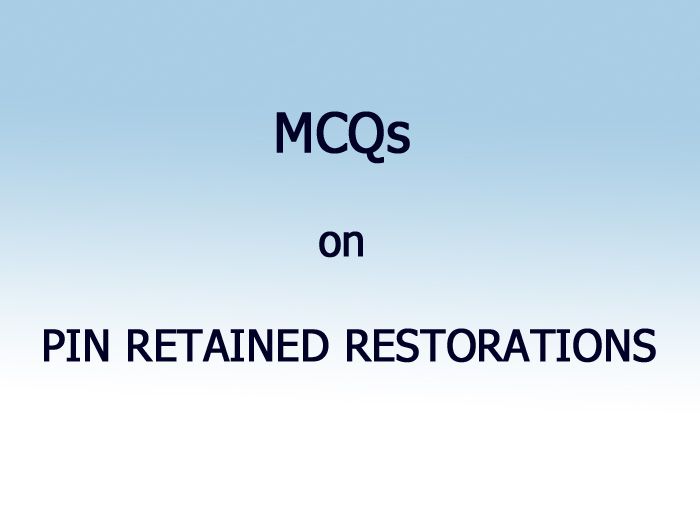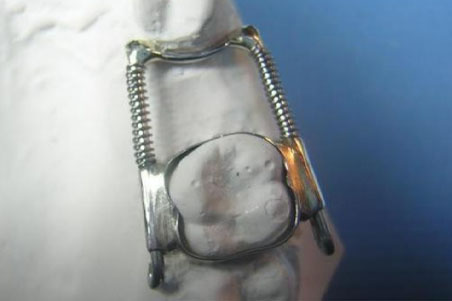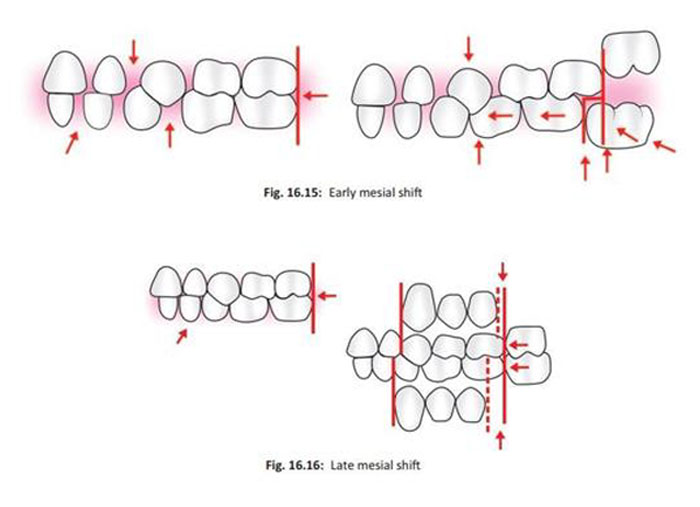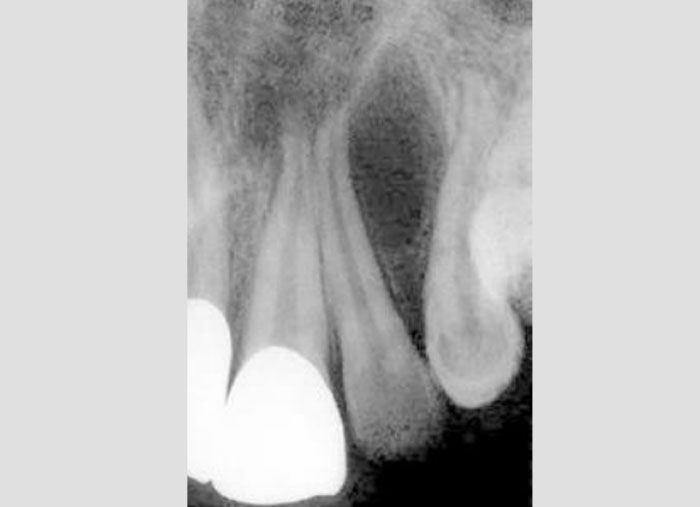- NEED HELP? CALL US NOW
- +919995411505
- [email protected]
1.All are required for the satisfactory bonding of an amalgam restoration in a badly broken molar except
a. Resistance form
b. Mechanical retention
c. Enamel and dentine conditioning
d. Pin retention
2.Threaded pins are used in large dental amalgam restorations to provide
a. Retention form
b. Resistance form
c. Occlusal stops For opposing teeth
d. Much needed reinforcement of the amalgam
3.The pins in an amalgam restorative serve to
a. Increase strength
b. Increase retention
c. Increase resistance of fracture
d. All of the above
4.A pin retained amalgam
a. Does not reinforce the tooth
b. Weekend the tooth
c. Reinforces the amalgam structure
d. Improves retention of restoration
5.The most retentive type of pin is
a. Cemented pin
b. Self threading pin
c. Friction locked pin
d. Amalgam pins
6.Friction locked pins are usually retained by
a. Threads on pin
b. resiliency of dentine
c. luting cement
d. channel depth
7.the pin that causes minimum stress in dentin is
a. threaded pin
b. cemented pin
c. amalgam pin
d. friction lock pin
8.in self threaded pins, the pinhole is smaller than ping channel by diameter
a. 0.001 inch
b) 0.002 inch
c) 0.003 inch
d) 0.004 inch
9.What is the optimum depth for a pinhole in a tooth with a vital pulp
a) 4 to 5MM
b) 2-3MM
c) 2mm
d) 1-1.5 mm
10.One of the following statements regarding is retained restoration is not true
a) Pinholes should never be prepared at different levels on the tooth
b) A minimum of 0.5MM clearance should be provided around the circumference of the pin for adequate condensation of the amalgam
c) Pinhole should located on a flat surface that is perpendicular to the proposed direction of the pinhole.
d) The pinhole should be positioned no closer than 1mm DEJ And no closer than 1.5 To the external surface.
Answer with explanation
1.B Usually a weekend tooth is best re stored with a cast restoration which prevents tooth fracture caused by mastication forces.
Improved resistant form, pins, slots and amalgam bonding technique may be required for developing the retention and resistance forms in addition to the conventional features.
2.A
3.B
Advantages of pin retained amalgam restoration
Conservative tooth preparation
Can be completed in one appointment
Improved resistance and retention form
In expensive compared to indirect restorations
Disadvantages
Decreased strength of amalgam
Microleakage
Dentinal micro fractures
4.D
5.B
6.B
7.B
The pinhole is 0.025 to 0.05 mm larger than the diameter of cemented pin. So cemented pins cause minimum stress and least crazing in Dentin While insertion.
8.D
9.C
The depth of the pinhole varies from 1.3 to 2 mm , Depending upon the diameter of the pin used. A general guideline for pinhole depth is 2mm.
10.A
Whenever three or more pin holes are placed,They should be located at different vertical levels of the tooth. this reduces stresses resulting from pin placement in the same horizontal plane of the tooth.




